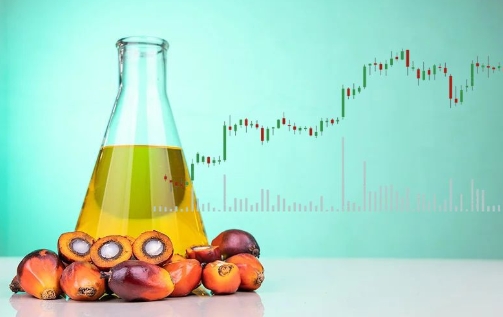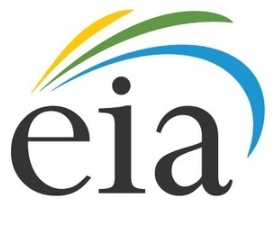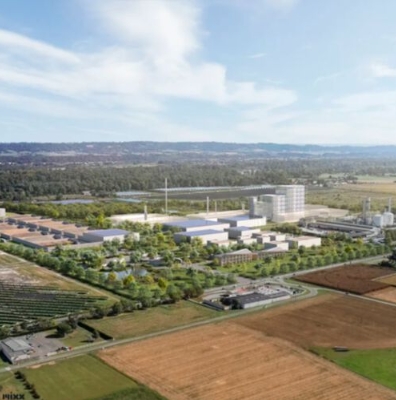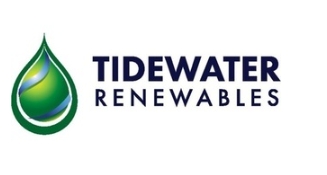South Korean thermal coal and lignite imports fell by nearly 1mn t on the year to 6.9mn t in May, bringing the country's total receipts for the year to date to 36.3mn t. This is down from 37.9mn t in January-May 2020 and from the 2016-19 average for the period of 44.9mn t.
Most of the decline in May was driven by weaker flows from Indonesia and Russia, which is likely to be at least partly as a consequence of firm Chinese demand as buyers seek non-Australian alternatives because of Beijing's informal ban on imports from Australia.
South Korea received 631,000t less Indonesian coal and 490,000t less Russian coal than a year earlier in May, according to customs data, with imports reaching 1.2mn t and 1.5mn t, respectively. This was the lowest receipt from Indonesia in more than a a decade.
Imports from Australia edged higher, although this offset only a nominal portion of the wider decline. But year to date, South Korea has received 17.7mn t of Australian coal, which is up from 14.9mn t in 2020 and the greatest January-May total in more than 10 years.
Imports from Colombia reached a 10-month high of 600,000t, but this was broadly flat on the year.
The recent shift in South Korean imports aligns with changes in the relative competitiveness of the different origins. South Korean imports from Indonesia have fallen gradually since 2018 as the country's GAR 4,200 kcal/kg grade no longer offers a competitive advantage against higher calorific origins on an energy-adjusted basis (see chart).
And in 2021, Australian NAR 5,500 kcal/kg coal has become particularly competitive with other origins on an energy-adjusted basis, as the China ban on Australian imports has pushed the grade to a wide discount against other benchmarks.
Gas competition still high
South Korea's May imports were also likely slowed by more competitive gas prices than a year earlier and state-owned utilities' voluntary efforts to constrain coal burn in 2021.
South Korea's LNG imports rose to 3.4mn t in May at an average cost of around $7.81/mn Btu, from 3mn t in May 2020 at an average cost of $9.02/mn Btu. But while import volumes rose and average costs fell for LNG, the reverse was true for coal, with the average import cost of the country's bituminous coal rising to $81.59/t in May 2021, from $65.75/t a year earlier, customs data show.
At those prices, South Korean coal-fired generation is still likely to hold a $3-4/MWh cost advantage over gas, according to Argus' analysis, although this would be down from a $18-19/MWh advantage a year earlier. This is based on tax-inclusive generation costs for a 38pc efficient coal unit against a 55pc efficient gas plant.
More favourable economics for gas-fired generation have likely encouraged utilities to ramp up output from gas units to cater to the increase in overall power demand and offset the drop in nuclear availability, limiting the upside for coal. State gas supplier Kogas sold 1.17mn t of LNG to the power sector in May, up from just 652,000t a year earlier, according to a company filing today.
Greater capacity constraints across the coal fleet has also been a headwind in 2021. Around 13.6GW of state-owned Kepco coal capacity was restricted in May according to KPX data, from 10.8GW a year earlier.







